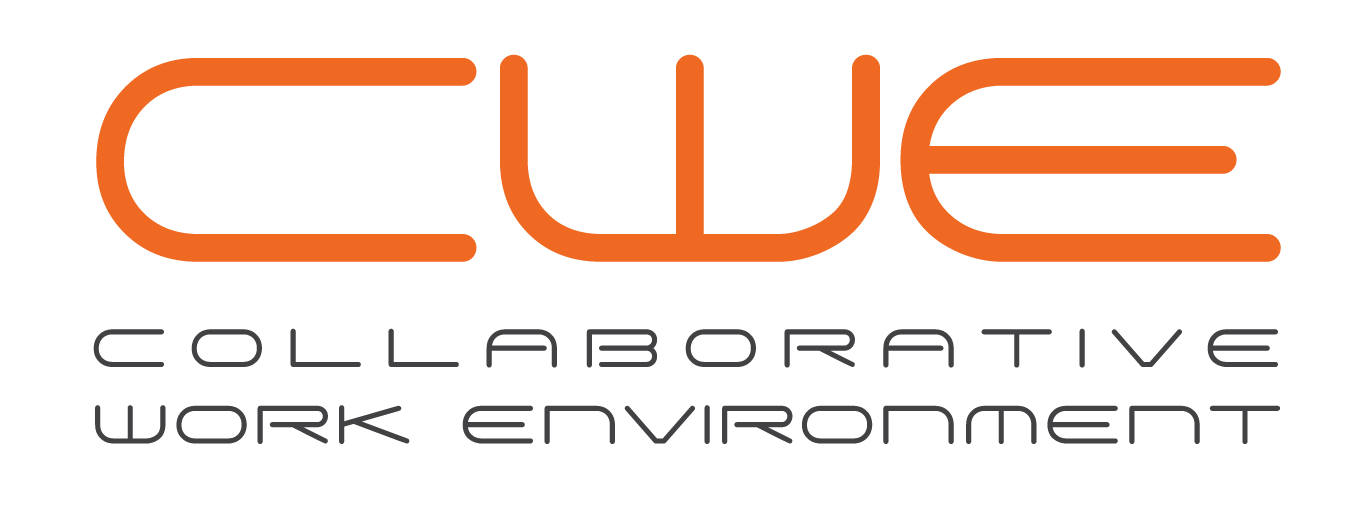From our first installment we noted that it’s no longer simply about the bottom line. Today’s consumers care deeply about who they are buying from, not just what they’re buying. More over, organizations need to make a positive impact on the world around them, but it can be difficult to know where to start. In this second article of our 5-part blog series, we will discuss how organizations can evaluate and improve their socioeconomic efforts using ESG, specifically the environmental technology vendors.
What is ESG?
ESG stands for Environmental, Social, and Governance. These three factors consider the impact an organization has on itself, its customers, and the community. In today’s climate, pun intended, adopting ESG measures is important for businesses of all sizes when considering future growth and profitability.
The complexity of the ESG market is apparent when one begins to uncover the number of vendors, system functions, and services required in each pillar. This is further complicated by the variety of reporting formats that are used. Goby does a nice job highlighting the different data providers for ESG in their data providers briefing. This article, will focus on the technology vendors that organizations must have in place in addition to the public ESG data providers to enable a transparent, accurate ESG program.
Environmental
The environmental technology landscape has grown significantly in the past decade due to the prioritization of sustainability and energy reduction initiatives. The vendors in this space typically specialize in one or two of the following:
- Controls and Networking
- 2. Energy Management
- Analytics & Optimization
There are a few providers that have built a stack of technologies to cover the three main functionality groups, although a majority of the vendors have developed software and hardware with a singular focus. This fragmentation is especially challenging for large portfolio owners who have acquired several of these systems through M&A activity.
Key System Functionality & Systems
Energy Management Sustainability
- Utility cost & consumption
- Bill processing & payment
- Scope 1,2,3 carbon reporting
- Sustainability initiatives & reporting
Building Management & FDD
- Web-Access with Modern Graphics Package
- IoT sensors & Open Connectivity
- Alerts & Alarms on Business Rules or Analytical Models
- ECM Quantification & Prioritization
- Measurement & Validation




Comments are closed